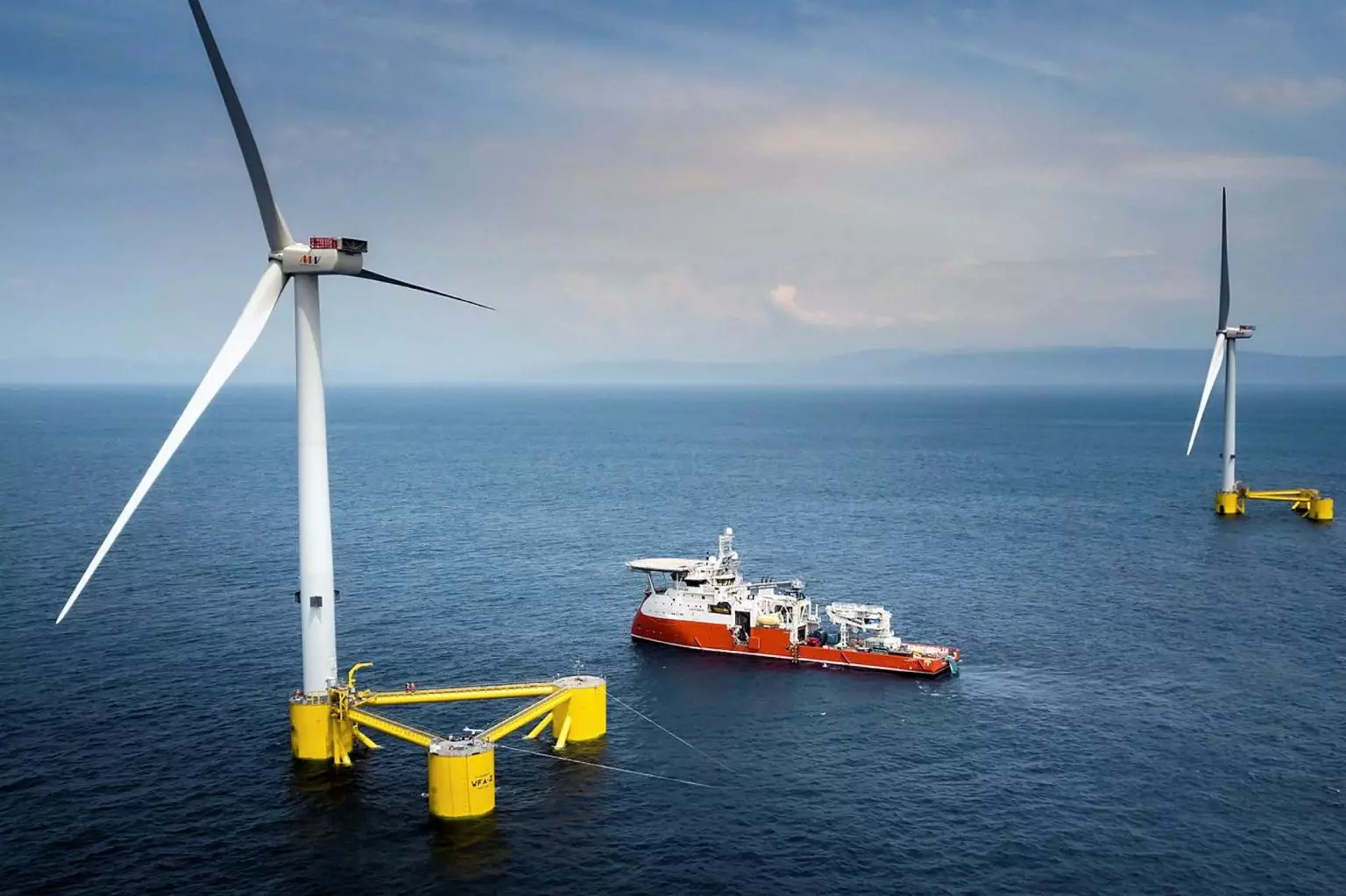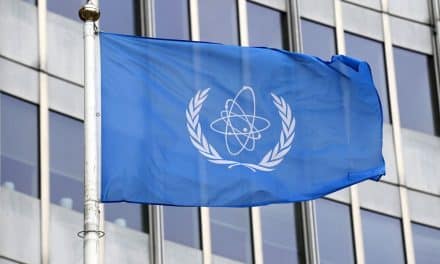Ireland is taking steps to become a major player in the green hydrogen market, positioning itself as a potential global heavyweight in the export of the eco-friendly fuel. The country’s location on the periphery of Europe and abundance of wind and wave energy resources makes it an attractive destination for green hydrogen production, according to experts in the field.
Green hydrogen is created using renewable energy sources, like wind and solar power, through a process called electrolysis, which separates water into its two main elements, hydrogen and oxygen. The resulting hydrogen can be used as a clean fuel for transportation or for industrial processes, and has the potential to play a key role in decarbonizing various sectors.
In recent years, Ireland has made significant strides in renewable energy production, with wind turbines accounting for 36% of the country’s electricity generation in 2021, according to the Irish Wind Energy Association. The country has also set an ambitious goal of producing 70% of its electricity from renewable sources by 2030, and is actively exploring ways to boost green hydrogen production.
One initiative that is expected to boost green hydrogen exports from Ireland is the Green Hydrogen Export Partnership, which is a collaboration between industry and government organizations aimed at developing a green hydrogen export market. The partnership includes members such as ESB, Ireland’s largest electricity supplier, and Gas Networks Ireland, which operates the country’s gas transmission and distribution network.
The partnership has identified key export markets, including the UK, the Netherlands, Germany, France, and Spain, all of which are expected to have a growing demand for green hydrogen in the coming years. In addition, the partnership is exploring ways to transport green hydrogen to international markets, such as by converting existing natural gas pipelines or through liquefaction and shipping.
Some experts believe that green hydrogen exports could become a major contributor to Ireland’s economy, with the potential to create thousands of jobs in the country. A recent report by the Irish Wind Energy Association estimates that the export of green hydrogen could be worth up to €26 billion ($31 billion) to the Irish economy by 2050.
However, there are still challenges to be overcome in order to establish a thriving green hydrogen export industry in Ireland. The production of green hydrogen is currently more expensive than traditional fossil fuels, which could make it less competitive in the global market. In addition, there is currently a lack of infrastructure for transporting and storing green hydrogen, which would need to be addressed in order to meet the demands of international markets.
Despite these challenges, Ireland’s commitment to renewable energy and its strategic location could position the country as a significant player in the green hydrogen market. With the Green Hydrogen Export Partnership and other initiatives in the works, Ireland has the potential to become a major exporter of green hydrogen and a key player in the global transition to a low-carbon economy.





